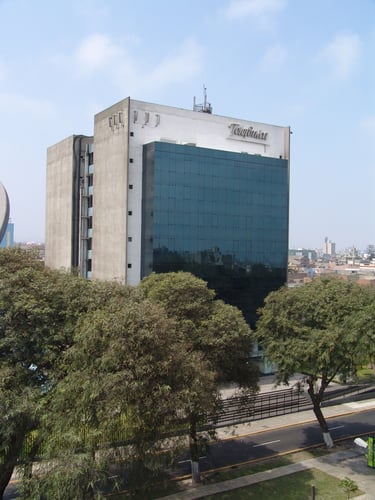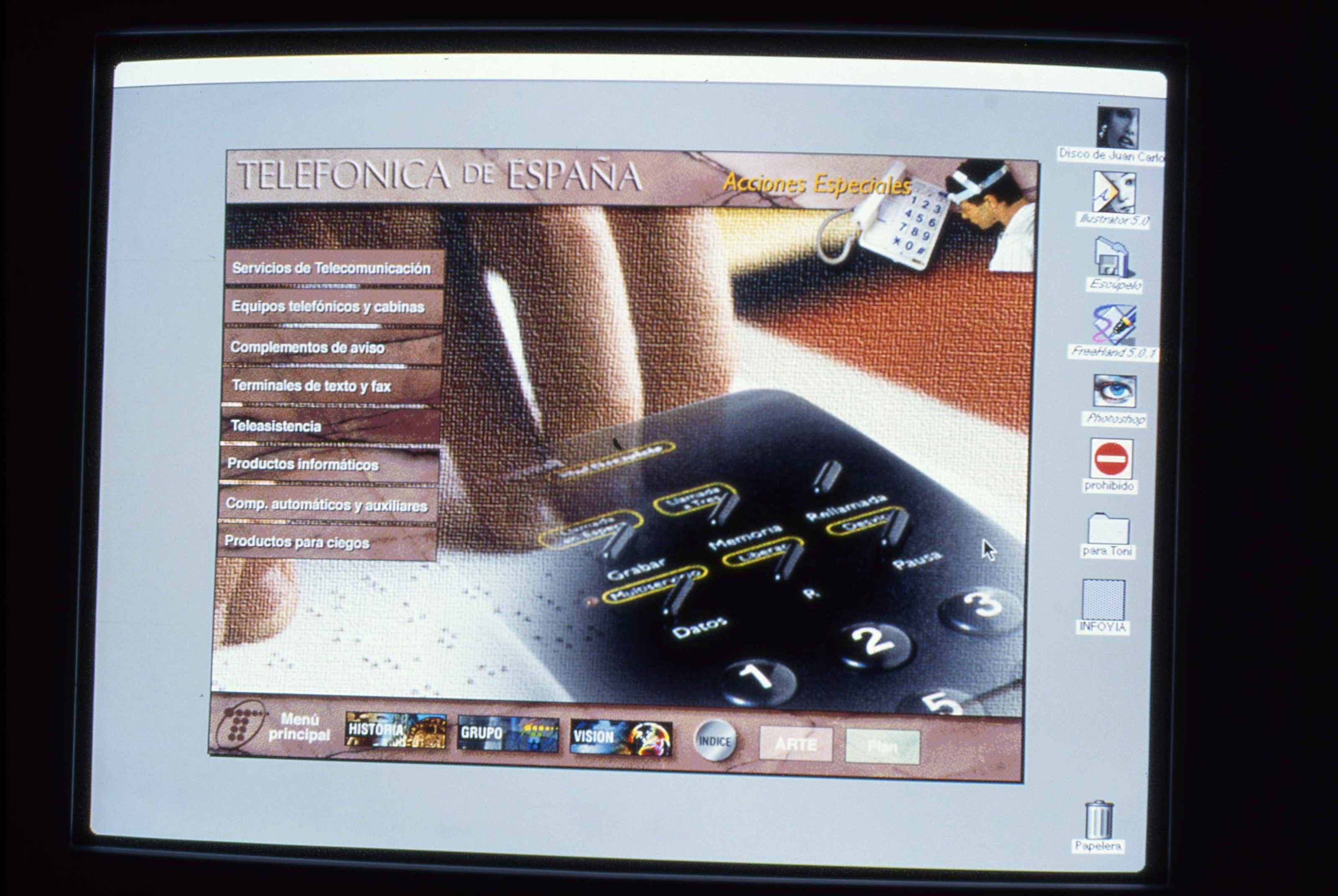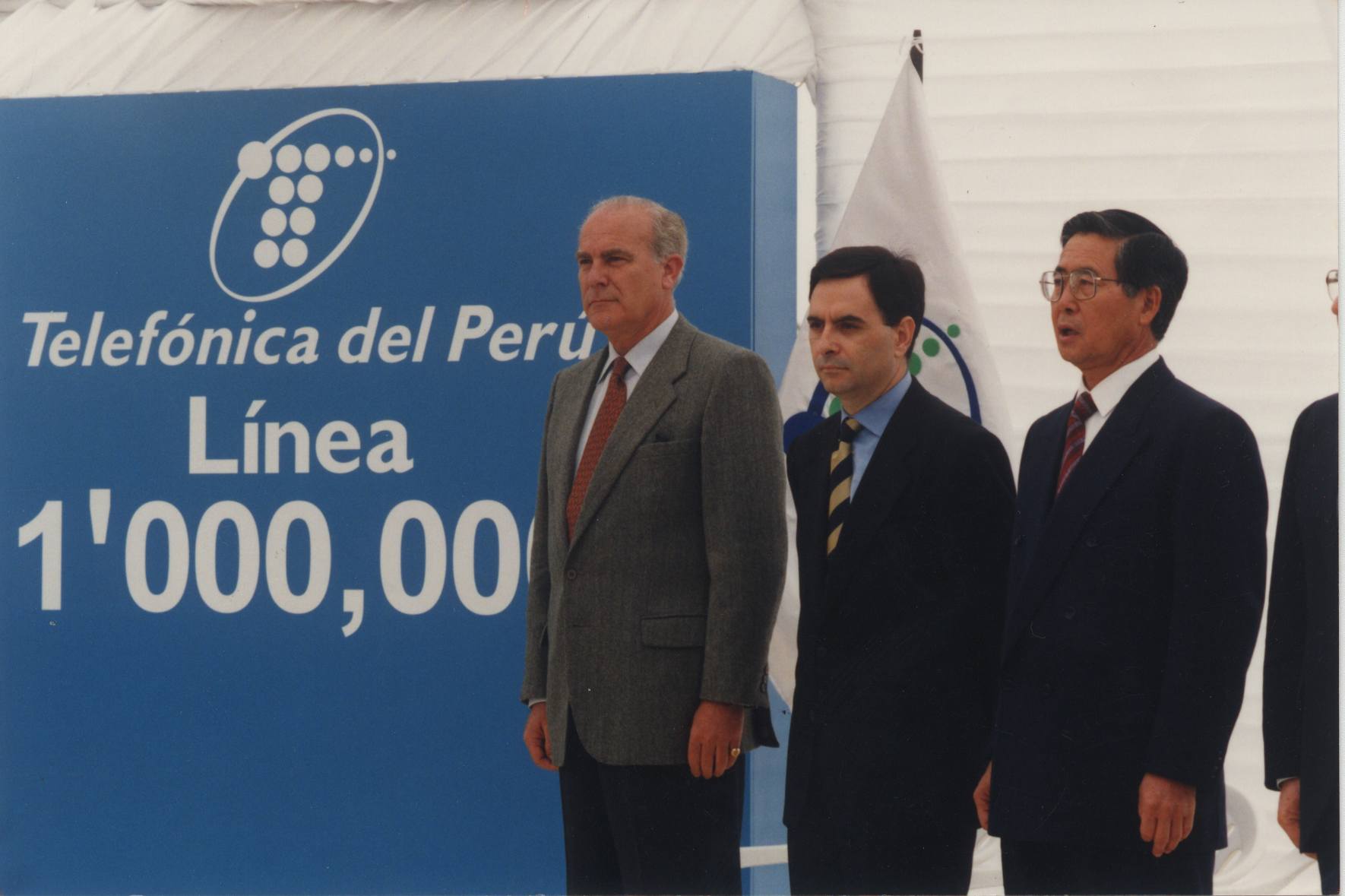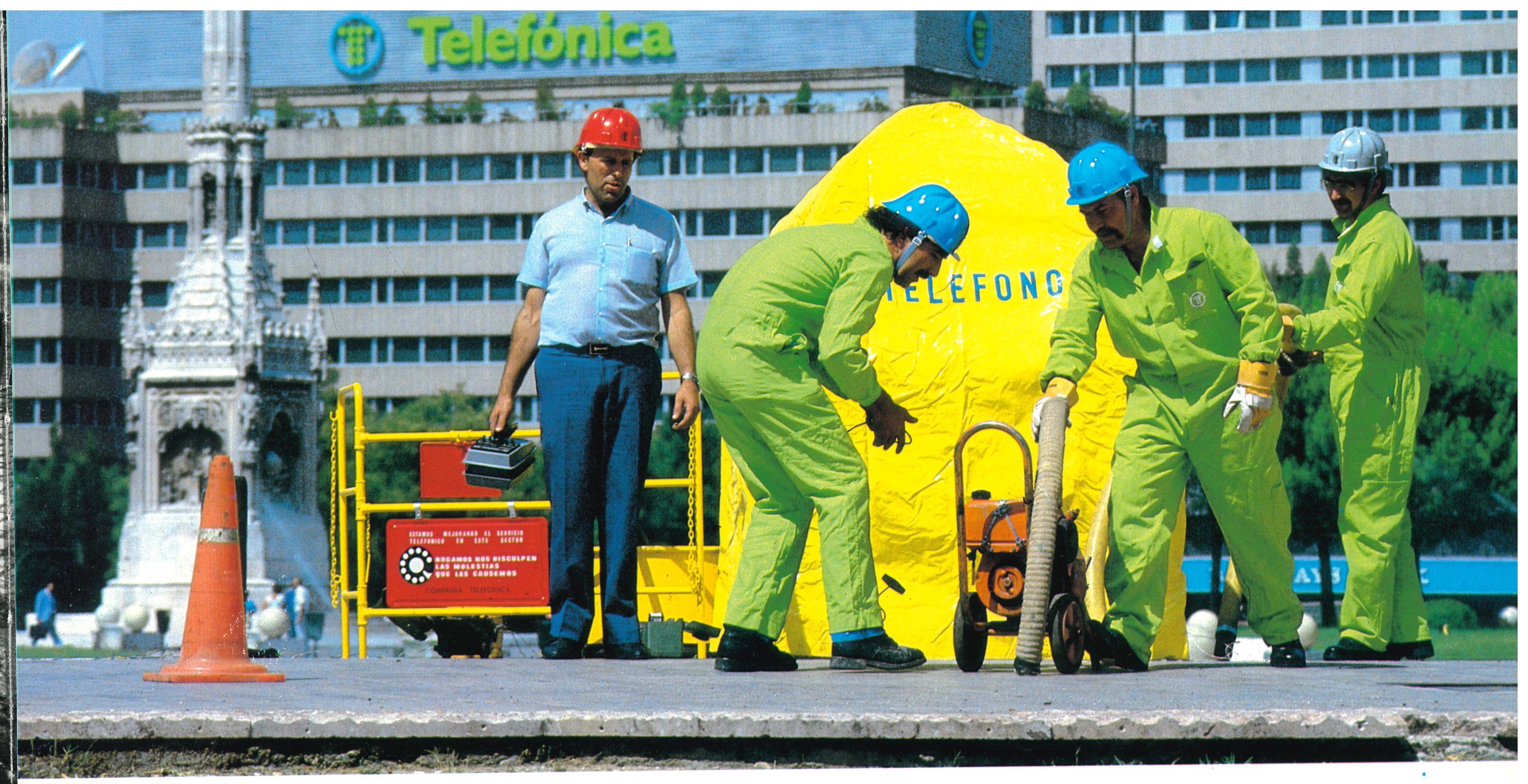
1994

A Telefónica with no waiting lists prepares for the mobile world and the data explosion. Meanwhile, international expansion continues unabated.
Communications, unstoppable: advances in landline, mobile and data communications
01
Already without waiting lists, eradicated by chairman Velázquez-Gaztelu the previous year, and with the commitment to install each new line within a week, the plant is growing at cruising speed and reaches 14 million lines in Spain. Meanwhile, data traffic is also booming and Telefónica is launching a new transmission network, IBERPAC Plus. The mobile world, with one licence already secured for Telefónica and a second licence in competition, is preparing for the year of its big commercial explosion, which will be the following year, 1995.

A clear commitment to Peru
02
These are the years of growth in Latin America and the firm commitment to a stable, committed and long-term entry into the region. In 1994, the company enters another attractive market: Peru. With the privatisation of Compañía Peruana de Teléfonos (CPT) and Entel-Perú and the acquisition of 35% of its shares, Telefónica takes control of 90% of the country's telephone service service in the country. Always - it happened in every operation - in consortium with local partners. The entry into Peru was accompanied by a commitment to install more than one million telephone lines within five years, a milestone that was achieved in just four years. With this operation in the Andean country, Telefónica was already the leading operator in Latin America, and had achieved this in just five years.

Galicia, the first region in the world with universal telephone access
03
In the summer of 1994, Galicia, one of the regions with the most complex orography in the country, became the first region in the world with total access to fixed telephony. The Chairman of Telefónica, Cándido Velázquez, and the Chairman of the Xunta de Galicia, Manuel Fraga, publicly celebrated this milestone in the town of Vila de Cruces, in Pontevedra. In just over a year and a half, more than 130 communication towers and nearly 120,000 telephones were installed in homes, an intense project against the clock that Telefónica called "To the last corner".

Do you have doubts about what happened?
Ask Aura